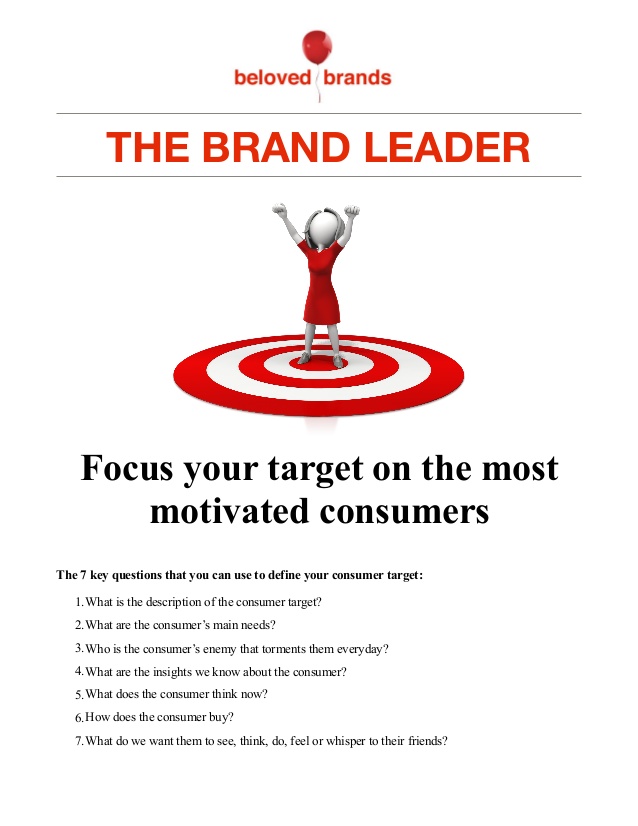There are different types of consumers and marketers know this, who is involved in the business world also knows, sales strategies take into account these differences, so products and campaigns are aimed at activating these purchasing mechanisms, depending on the personality of the customers.
This is particularly visible on the Internet, in this context there are many mechanisms to detect and classify the behavior of different types of consumers, in this way the supply is refined as information is collected, the goal is only one: that you buy more and more expensive.
- Shopping and feeling good isn’t bad.
- What is bad and can be problematic is that it encourages you to do it more and more rationally.
- Or that it serves as behavior to cover other needs that are not met with the product.
- Such as emotional ones.
- Buy unnecessary things by analyzing the way you drive.
- That’s why it’s worth knowing how we buy.
- These are the most common types of consumers.
Buy what you need, not practical. Ovid?
According to a study conducted by Euromonitor, this is one of the consumer groups where there are no gender differences in composition, about half of the group are men and the other half are women.
The average age is 35 years and it is 17% of the total consumers, they are confident, knowledgeable and highly technological people, they only buy what gives them a status, they buy nice and expensive things, even if they have to settle for fewer products.
This is the type of consumer that represents every seller’s dream, it is estimated that this segment is composed of 52% women and 48% of men, the average age is 34 years and their main feature is that they love to go shopping.
They are sociable, spontaneous and, if not, impulsive. The magic word for them is “offer”. Nearly half of your purchases are made over the Internet, especially via mobile phones. Don’t spend more than a month without buying something.
They correspond to 20% of the sample studied by Euromonitor, 51% are women and 49% men, their average age is 39 years and their main characteristic is to properly analyze their purchases and not get carried away by the first impression or what the advertising campaigns show them. They’re the ones asking and trying to go further.
This type of consumer is convenient and reliable. Assess the cost-benefit ratio and acquire something only when it finds a real advantage. They are disciplined in their debts and prefer not to take them on.
The most characteristic thing about this type of consumer is that he is in trouble, he wants his life to be better and associates this evolution with purchases, they correspond to 7% of the buyers, 53% of this group is made up of women and the rest of men.
Your shopping habits are very emotional. Sometimes they can’t buy anything, even if it’s a real bargain. At the same time, they can buy everything, even if it’s expensive and doesn’t work for them. It all depends on your mood.
Is this group the most? Of the total: 58% of this segment is made up of women, correspond to 20% of buyers and have an average age of 44 years, their main characteristic is to think in terms of family.
He is one of the most detailed consumers, attentive to everything, do not worry if they fall behind in trends or if they do not have the fashion phone, they only buy what they really need, when they need it. They’re the least manipulable.
This is the most masculine segment of all: 55% are men, have on average 35 years, are very independent and guarantee to live as they please, distrust of trade in general.
They correspond to 10% of consumers and there is something very remarkable about them: they hate shopping, they only buy products when it is absolutely necessary, in fact, they prefer to delegate purchases to others, besides, the Internet does not play an important role in their lives when it comes to buying products.
They account for 22% of consumers. This is another “male group” as 58% of the members of this group are men. Like the previous segment, they hate shopping. This is one of the types of consumers that poses a problem for any seller.
Unlike skeptics, this segment feels completely confident, they feel that their life gives them great well-being, so they are not in the position of acquiring anything, they feel good about what they have.
All these types of consumers are carefully researched by marketing departments so that in many cases there is a differentiated offer for each type. Is the customer always right? and what are marketing gurus looking for with good strategies so that we have the information we are looking for based on our consumer profile?and finally make the purchase.

